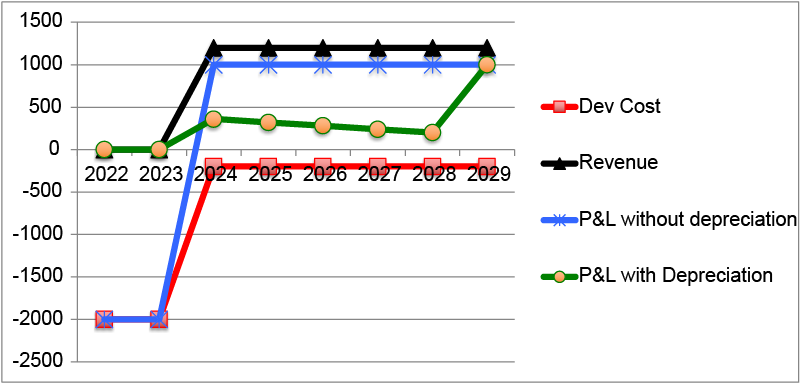-
Five Challenges to Large Organizations that Force Agility
Sometimes, looking at the bigger picture of workflow can highlight traditional bottlenecks. Duplicating code for the sake of expediency is one of the symptoms of eroding agility. Removing interdepartmental barriers will bring greater agility to an organization. In this first of 5 articles, Dan Greening makes a strong case for doing software modification tasks in…
-

Reducing Release Duration Can Increase Agility – A Case Study
Shortening the time between releases can have the effect of increasing agility throughout an enterprise. In this article, the author recounts his experience at Citrix Online, and the positive ripple effects Agile techniques brought to the company.
-

Why Should Agilists Care About Capitalization?
In many companies, agile software development is misunderstood and misreported, causing taxation increases, higher volatility in Profit and Loss (P&L) statements and manual tracking of programmer hours. One large company’s confused finance department expenses all agile software development and capitalizes waterfall development; projects in this company that go agile see their headcounts cut by 50%.…
-

Q&A: How can I transform my corporation to agile?
Question Devesh Kumar from Thomson Reuters asks:I am being asked to setup agile in totality. I know to setup agile development teams. What I don’t know is how to handle Agile budgeting, How to migrate VPs to agile in higher management, what must change in HR to support agile, and what other organizational policies must change. Can you help? Answer…
-

Promote Corporate Agility
As a company, we sustainably adopt continuous-improvement techniques (iterate, measure, reflect, and adapt) everywhere to rapidly identify market need, explore demand, establish product plans, deliver products and delight customers, and support employees, so we gain greater profitability indefinitely. Agile practices are surprisingly fragile: you can lose them with a manager resignation and/or a bad hire. Agile drives…
-
Enterprise Scrum Thinking: Part 3 of 3
Dan Greening explores the challenges of scaling Agile and Scrum concepts beyond the team level to project portfolios with executive involvement. Along the way, he discusses forecasting beyond sprints, commitments vs. lies, dashboard heresy, waterfall compatibility and failing safely, among other thought-provoking ideas. [Part 3: 26 min.]. Interview by Dave Prior at ProjectsAtWork.
-
Enterprise Scrum Thinking: Part 2 of 3
Dave Prior interviewed me on the topic of Enterprise Scrum Thinking. In the second part of three, I discuss the experimental mindset of an Agile-run project, how a Sprint is like a science experiment on production (we make a hypothesis, test the the hypothesis and learn from the results), and why fear of failure can…
-
Enterprise Scrum Thinking: Part 1 of 3
In the first of 3 podcasts, I discuss how to spread agile approaches beyond individual teams to the enterprise level, where potential benefits and challenges multiply. In the realm of project portfolio management, decision-making roles can include a Chief Product Owner and Enterprise ScrumMaster.
-

Agile Abandonment 2: Root Causes
Agile Abandonment Syndrome is a phenomenon where—after implementing agile practices and seeing direct evidence of their benefits—a company stops improving, its agile behaviors degrade, and ultimately loses market share or productivity. We have seen this in many companies.
